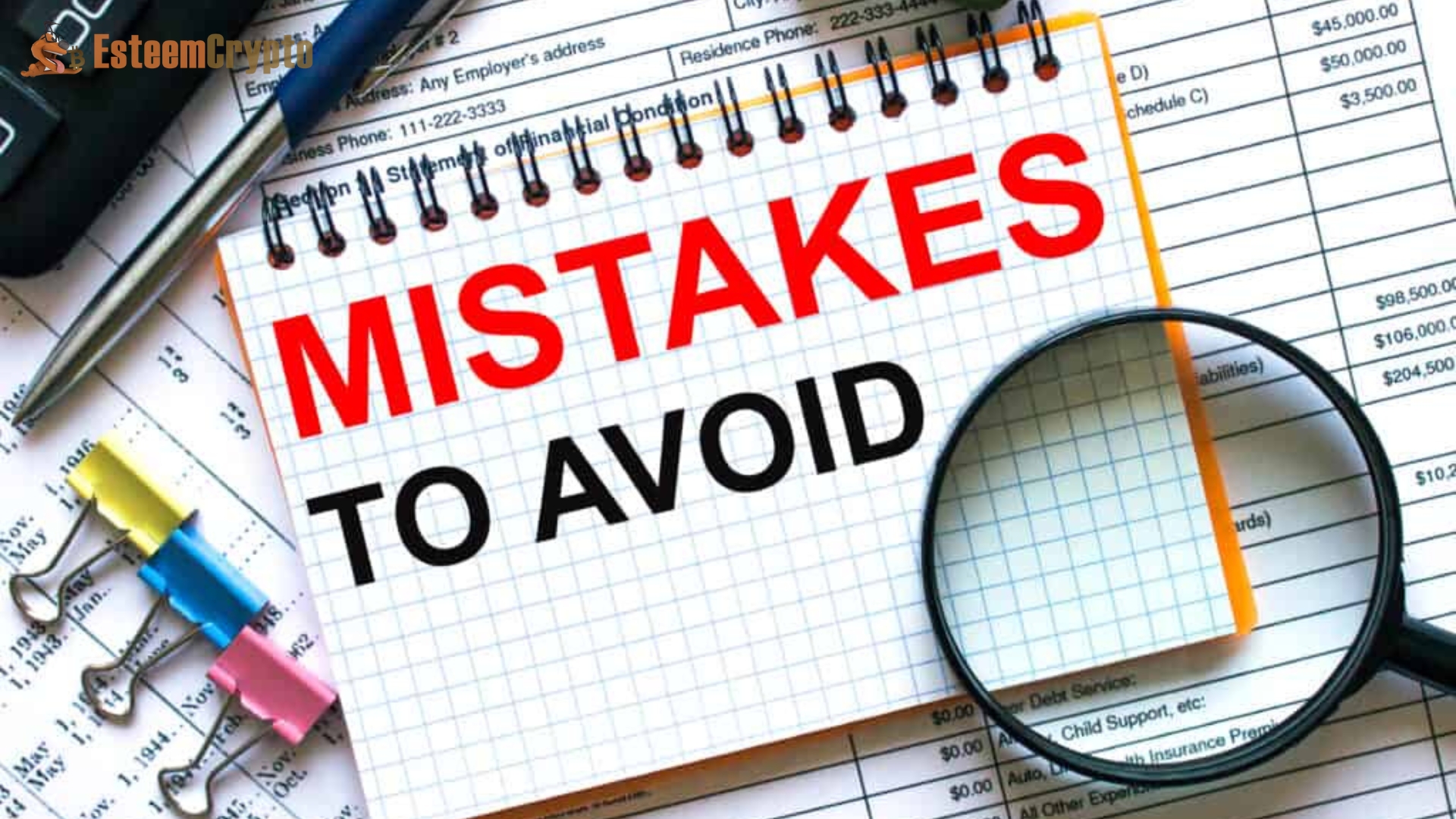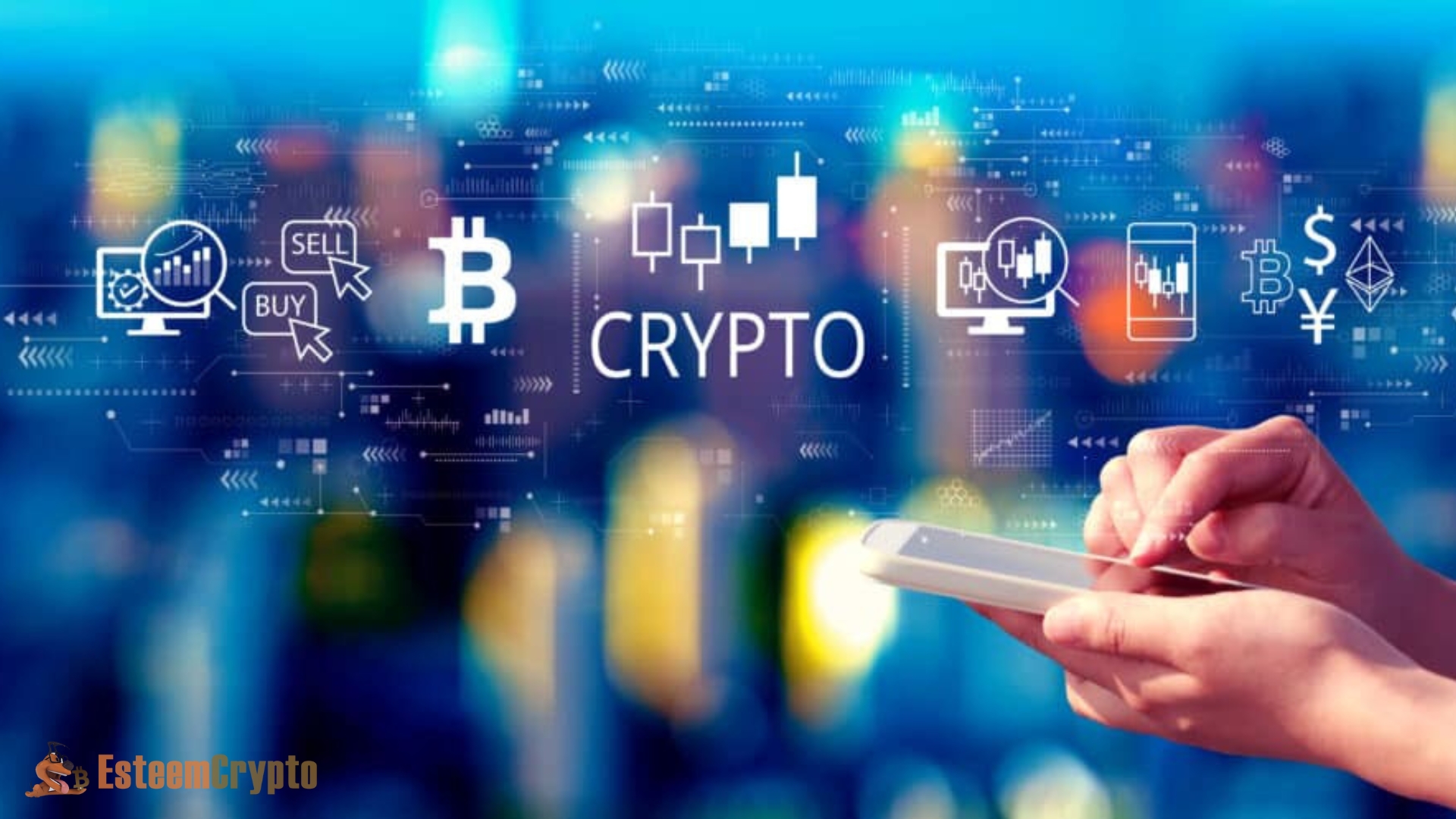Can I Recover Wrong-Address Crypto?

Recover Wrong-Address Crypto. Thanks to blockchains’ decentralized structure, users have complete control over their assets. This eliminates the need for a centralized organization or third party. This implies that no regulatory body may refuse or stop your transactions. However, it also means that other than community forums, there is minimal outside assistance and complete accountability.
Furthermore, due to the construction of bitcoin addresses and their non-universality, dealings are more likely to involve mistakes. For instance, sending cryptocurrency to the incorrect address or network can make it impossible to retrieve the money, if at all feasible.
Is Crypto Lost When Sent to the Wrong Address?
You are, in a nutshell, unable to Recover Wrong-Address Crypto. You will no longer have custody of your assets, and the assets sent to the intended recipient will not be delivered to them. Three scenarios could occur when cryptographic data is delivered to the incorrect address:
The Address Is a Burn Address or a Dead Wallet
All assets transmitted to them are permanently lost because burn addresses do not have private keys. Funds delivered to inactive or “dead” wallet addresses cannot be retrieved until the private key holder begins to use the wallet again. But it’s doubtful that you can reach the wallet owner via their address because most inactive wallets result from investors losing access to them or dying without passing them on.
The Address Is Nonexistent
Even if the address you supplied hasn’t been generated (mined from the address pool), the transfer will still go through as soon as it matches the blockchain’s wallet structure. If someone receives the address used to create an account on the network, they might theoretically access the funds paid to it. On Ethereum alone, there are 16,40,000,000 unique permutations of public addresses, making this extremely unlikely.
The Wallet Is Active
Assuming that the wallet is operational, the recipient will be granted control of the funds. However, for recovery to be possible, the wallet’s owner must first be located and then contacted. It is feasible to contact the exchange to attempt recovery if the account in question is an exchange account.
What Happens if Crypto Is Sent to the Wrong Blockchain?
Recover Wrong-Address Crypto, for a transfer transaction to go through, the wallet address needs to match the wallet structure on the blockchain. If this is not true, the transfer request is denied. Thus, transferring between unrelated blockchain networks is prevented.
Because Ethereum wallets differ from Bitcoin, Tron, or Solana wallets, it is impossible to accidentally move assets from Ethereum to one of these other blockchains. However, this can happen in comparable networks, such as Ethereum and other EVM Layer 1 and Layer 2 networks, Fantom and Arbitrum, or non-EVM networks, such as Taraxa and Sui blockchain, with similar address structures.
Transferring assets to non-EVM networks that share a wallet structure (such as SUI and Taraxa) could render them unrecoverable. The asset cannot be used on all networks since the smart contract controlling its creation and transfer does not exist on the network where it is intended. Keep in mind that bridging assets are exempt from this. Assuming the necessary infrastructure is in place and utilized appropriately, assets can be connected to networks that are not identical.
What Can You Do if Crypto Is Sent to the Wrong Address?
It is only possible to Recover Wrong-Address Crypto if they are sent to an address that is currently operational. If the wallet is a contract or a burned address, it is impossible to retrieve the asset. Nevertheless, if the address is still operational, it is possible to make an effort to recover it. A personal wallet or an institutional wallet (one that belongs to an exchange or any other centralized institution) is considered an active wallet. In each of these scenarios, the following is what you can do:
Check With the Exchange’s Customer Support
Certain centralized exchanges offer asset recovery services in the event that an incorrect transfer is made to any of their wallets. Individuals who have been impacted may be eligible to receive the entire or a portion of the asset that was lost; however, the terms may differ based on the currency exchange.
Contact the Owner
The afflicted person can try to retrieve their funds by contacting the wallet’s owner if they know who that is. If the asset’s destination is unknown, you can try to track their transfers to centralized exchanges or analyze their transactions to determine who they are. While the owner’s willingness to restore the transferred crypto is still a factor, the sole thing determining your chances of recovery is the successful identification of the recipient.
How to Avoid Sending Crypto to the Wrong Address
Within the context of a cryptographic transaction, the network will only check the address structure and carry out the transfer if it is by a structure that has been pre-configured. Because of this, it is simple for consumers to send cryptocurrency to the incorrect address. You can limit the likelihood of delivering your assets to the wrong address by taking the following steps, which are listed below:
Copy and Paste Addresses
The address of a Bitcoin wallet is typically a lengthy string of characters consisting of letters and numbers. Copy and paste should always be used to guarantee that the receiver’s address is input accurately. Simply typing out wallet addresses is not only a time-consuming process, but it also increases the likelihood of making a mistake.
Scan QR Codes to Transfer Funds
Once the wallet address has been scanned, the scan feature will automatically copy the address to the recipient address field. Despite this, before you complete the transaction, you should make sure that everything is accurate, particularly the mailing address and the amount that is going to be transferred.
Double Checking
Before anything else, ensure the recipient has confirmed that they have supplied the correct address. Whenever you send money to an exchange, check to see if the address corresponds with the asset and the network simultaneously. Checking anything twice is a typical preventative approach that should be taken for each stage. Before proceeding to the following stage, you should perform a second check.
Add the Address to Your Wallet Contact List
MetaMask and Trust Wallet are two examples of cryptocurrency wallets equipped with an address book feature that enables users to save addresses they use regularly. Centralized cryptocurrency exchanges share a comparable characteristic. If possible, save frequently used addresses to your address list so that you can quickly reuse them whenever you want. Additionally, this feature may require you to indicate the network to which the recipient is connected. These considerations should be considered when transmitting assets to the same recipient over a different network.
Request for Recipient’s Domain Address
Wallet naming services for cryptocurrencies, such as Ethereum Name Service (ENS) and Unstoppable Domains, convert lengthy cryptocurrency wallet addresses into domain names that are legible by humans. You won’t have any trouble learning this. To lessen the likelihood of receiving an incorrect wallet address from a receiver, it is recommended that the domain address be requested if it is accessible.
Recovering Crypto Sent to the Right Address but Wrong Network
Individuals who invest in Ethereum can utilize the same wallet across all EVM networks. In some instances, users may choose to move resources to the incorrect network when sending assets to the correct wallet address. In this particular instance, the asset is not lost; it is transferred to the wallet through the wrong network.
If you switch to your wallet’s destination networks, you can save money in this scenario. For users of Web3 wallets such as MetaMask and Trust Wallet, recovering your asset is as simple as adding the EVM network to your wallet. If your wallet does not support the integration of several networks, you can export your private key or seed phrase to a wallet that exhibits greater versatility. Following the import, you should add the network to which you delivered your asset in error. You will be able to access your asset once this is completed. For example, if you send ETH to Polygon rather than Ethereum, you can access your asset by adding the Polygon network to your wallet and switching to the network.
Conclusion
Because blockchain is decentralized, anyone who utilizes non-custodial wallets is personally liable for any losses that may occur to their cash. Recovering assets sent in error is not a simple operation, especially considering the length of cryptocurrency wallet addresses and the fact that blockchain networks are not universal.
Though we’ve discussed a few ways to get your crypto back, it’s important to remember that you cannot get it back if you transfer it to a burnt, dead, or nonexistent personal wallet. These wallets are either no longer in use or nobody has access to their private keys. Here, it’s better to be safe than sorry, so users should double-check all transaction information before submitting them.
Verify the target network and contract address, and make sure your addresses are copied accurately before you execute any transaction. Scammers are increasingly targeting desperate investors in this space, so it’s essential to be cautious while seeking assistance to recover lost assets. Make sure to select reliable recovery companies or solutions. Be advised that this essay does not provide financial advice but explores potential methods for reclaiming lost crypto assets.




